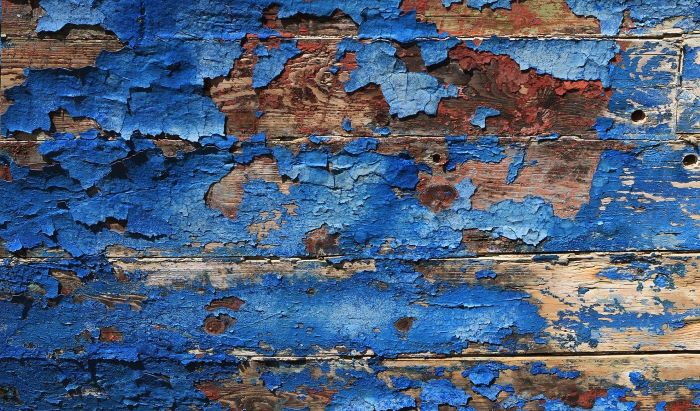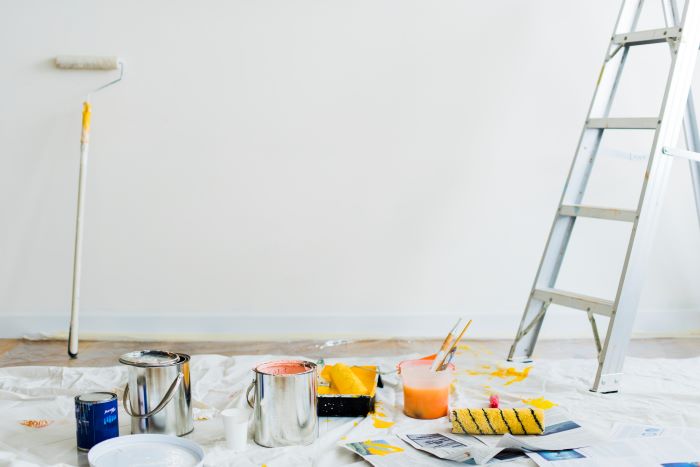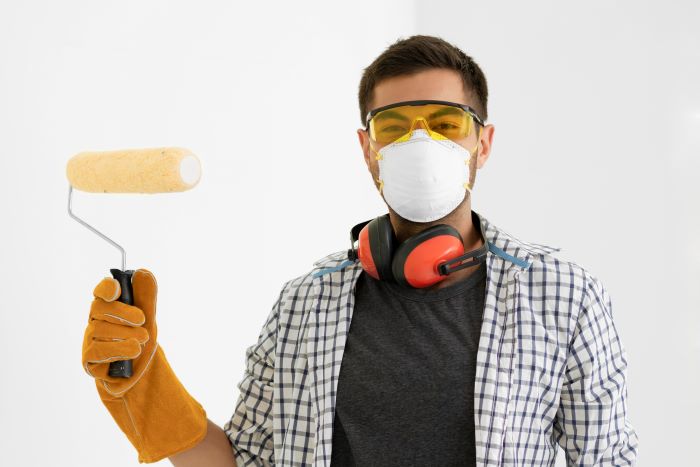Protect yourself during renovations from lead poisoning
Have you recently purchased a new home that was build a long time ago and want to give it a modern look? Or have you decided on full renovations in your exisiting home? Whatever the case may be, you have to be careful. Safety must be your number one concern.... The post Protect yourself during renovations from lead poisoning appeared first on Architecture E-zine.

Have you recently purchased a new home that was build a long time ago and want to give it a modern look? Or have you decided on full renovations in your exisiting home? Whatever the case may be, you have to be careful. Safety must be your number one concern. Even though renovating your home can be super exciting, there are some things to look out for. One of those things is lead poisoning from old paint. So, in this article we are going to help you learn what lead paint actually is and how to protect yourself and your family against it.
Lead poisoning is not a joke, so you should take your safety very seriously

What is lead paint and how dangerous is it?
Lead paint has been used for a very long time. Lead is added to paint because it accelerates the drying, has a fresh appearance, keeps moisture away from the walls and is very durable. However, by the end of the 20th century it was pretty clear that lead paint is hazardous to a person’s health. Lead is very toxic and is considered a carcinogen, therefore it can anctually be lethal in high doses. Smaller doses can cause nervous system damage, reproductive problems – especially in men – as well as kidney damage. That is why, this type of paint was actually banned from being used or is heavily regulated in the European Union and countries such as the United States, Canada and India.
Make painting fun by keeping yourself safe

How to protect yourself from lead paint?
If you live in a home, or have recently purchased a home, that was built in the late 1970s or 1980s, chances are lead paint was used. If the house has not been renovated since, then you will, most certainly, have to deal with lead paint. Fear not, however, because there are ways, in which you can keep yourself and your whole family safe from lead poisoning. And after all the renovations are done, make sure you are using eco-friendly materials, so that you don’t find yourself in this position again.
If the paint in your house is from the late 1970s, chances are it has lead in it

Put safety first and use a professional
Because lead paint is so dangerous, there are actual lead paint removers. Those are people who have been certified to deal with lead paint and remove it safely from your walls and surfaces. So, that is definitely your best option. Not only will these people remove all the lead paint from your house, they will also do it in a safe manner. That means that all the particles from the paint are goign to be carefully handled, so that they don’t linger around the house even after the renovations are done. Using a professional for this job is a must, especially if you have no clue how to deal with paint removal.
Trust a professional

Protect yourself
If you are experienced in home renovations and think that you can handle lead paint removal on your own, be careful. The first and most important thing that you need to do is buy safety equipment. In the process of removing the paint small particles are going to fly everywhere. That is why, you need a mask, glasses and even a full safety suit. These particles are so small that you may not even be able to see them, so don’t think you are overdoing it on the safety side. It is never too much. After you are done removing the paint, once again in full costume, make sure that all surfaces and walls are clean. Use a vacuum cleaner with a HEPA filter to make sure everything is gathered.
Wearing protective gear is a must when you are dealing with lead paint

The post Protect yourself during renovations from lead poisoning appeared first on Architecture E-zine.
